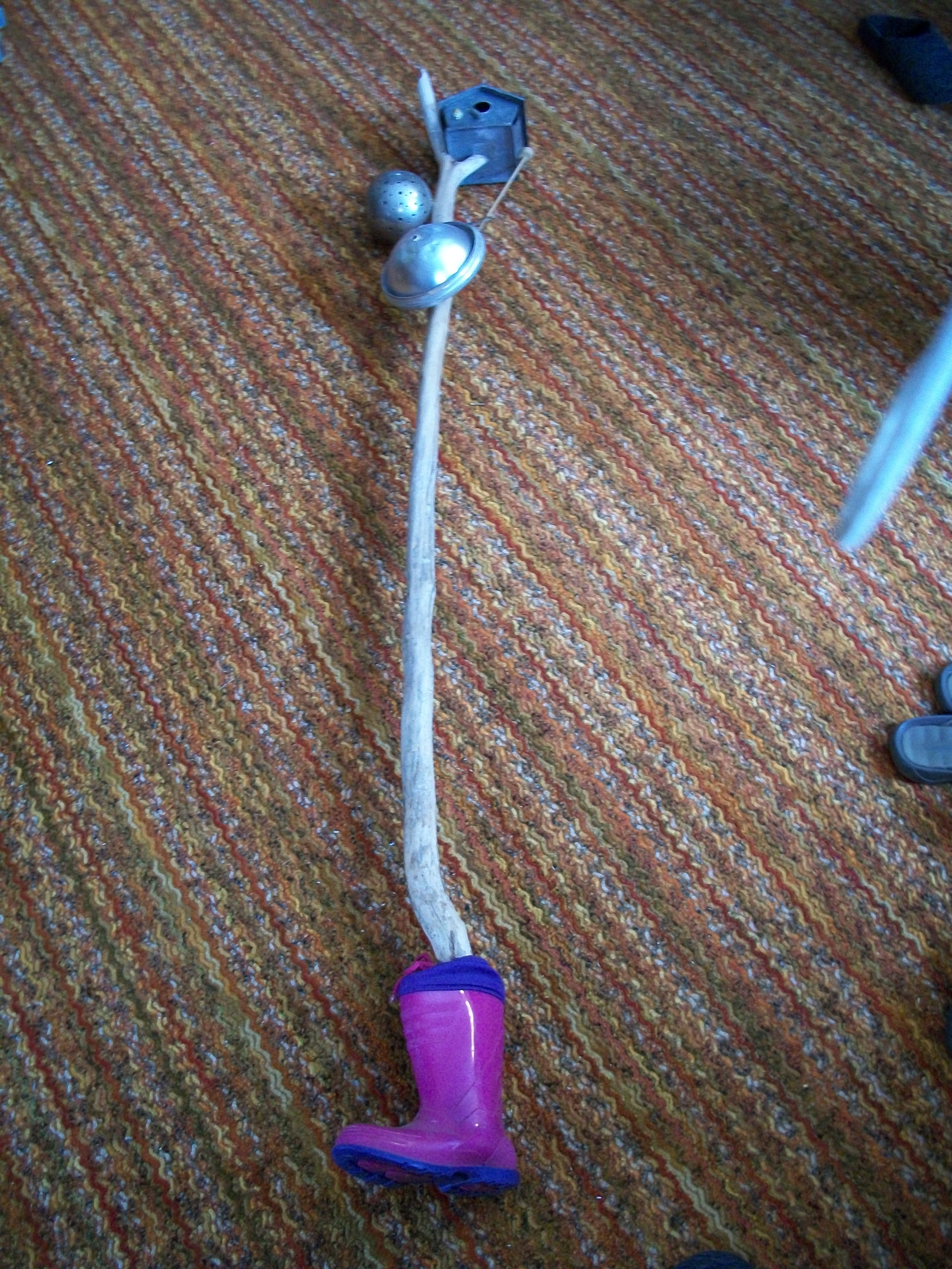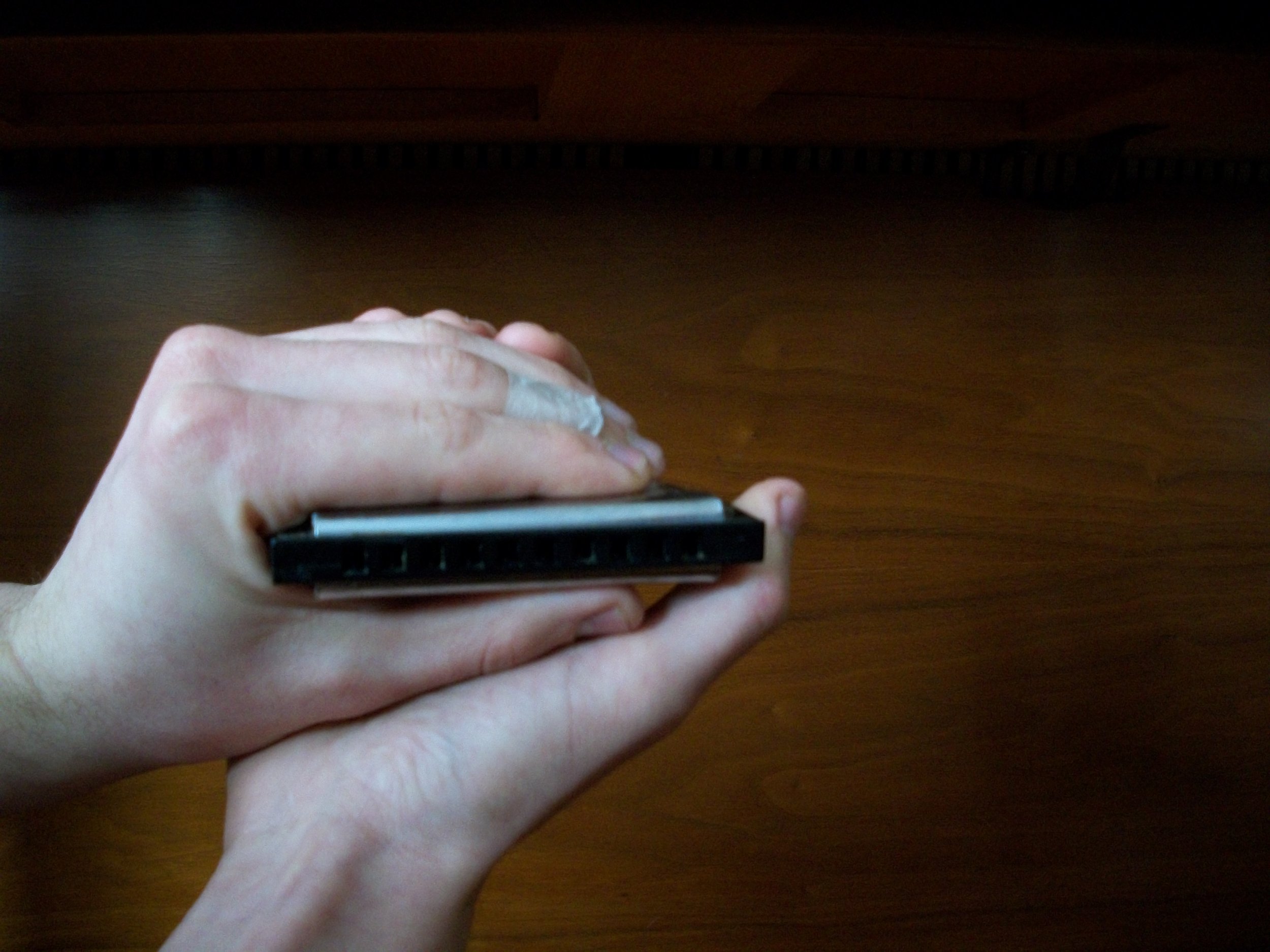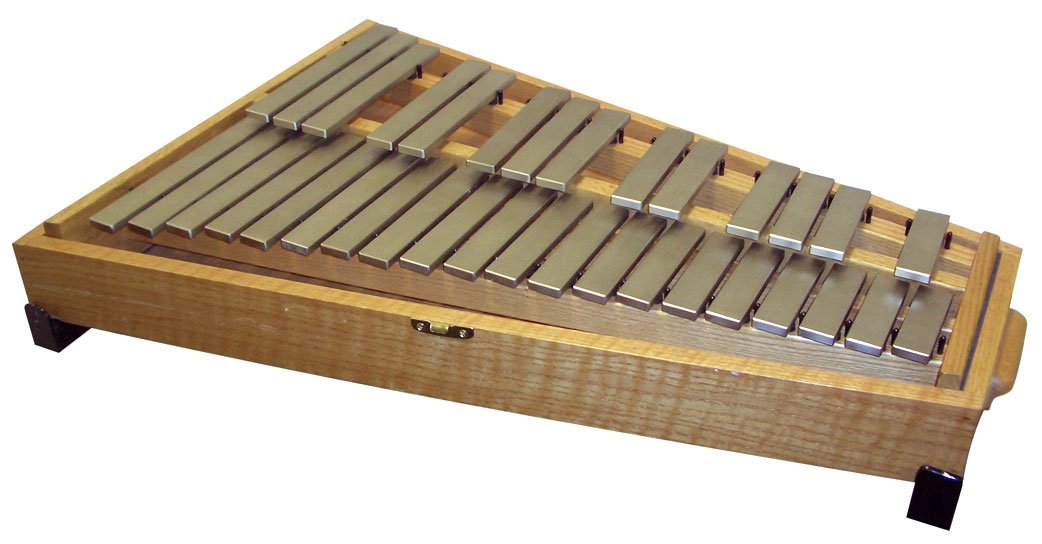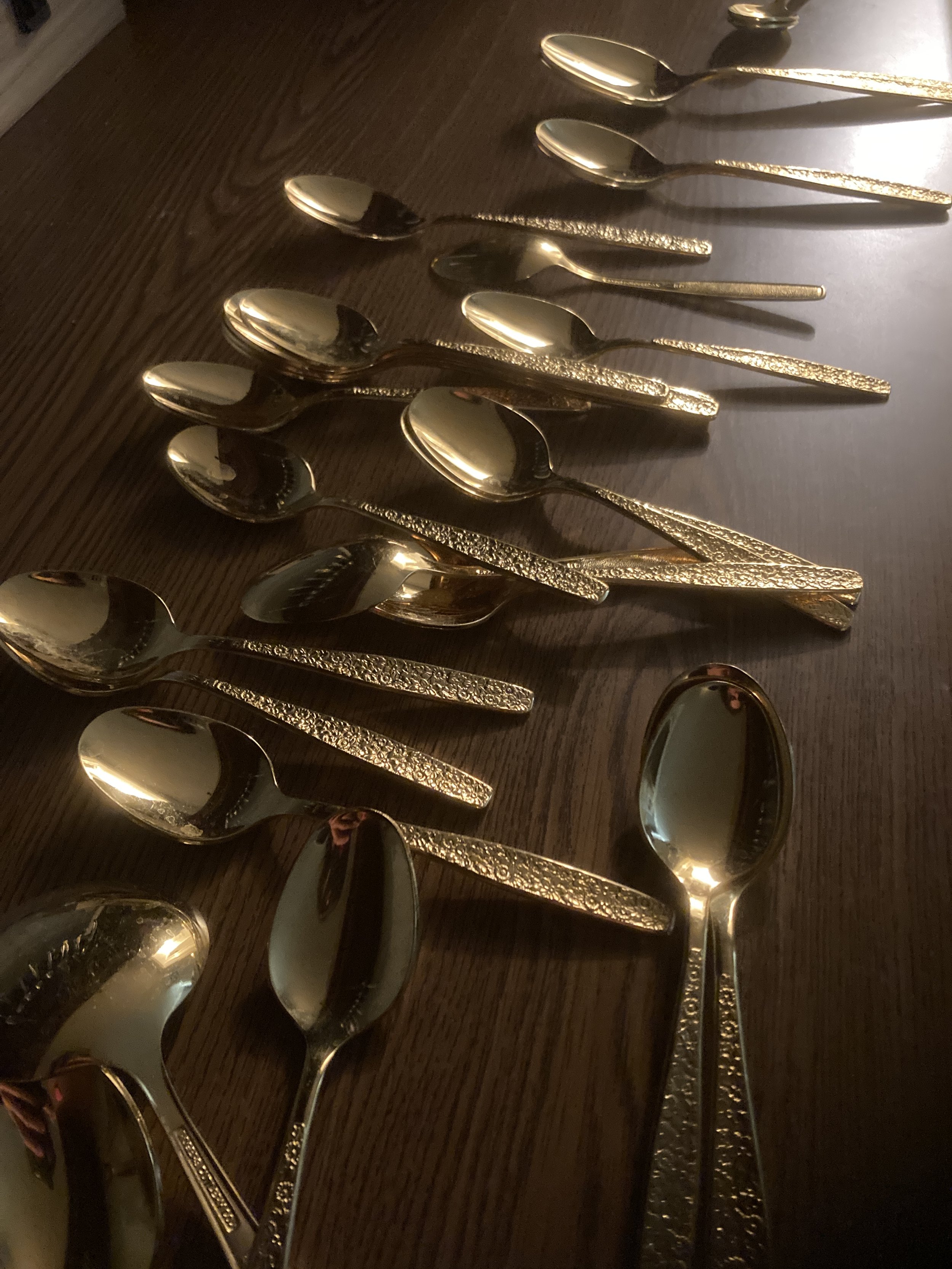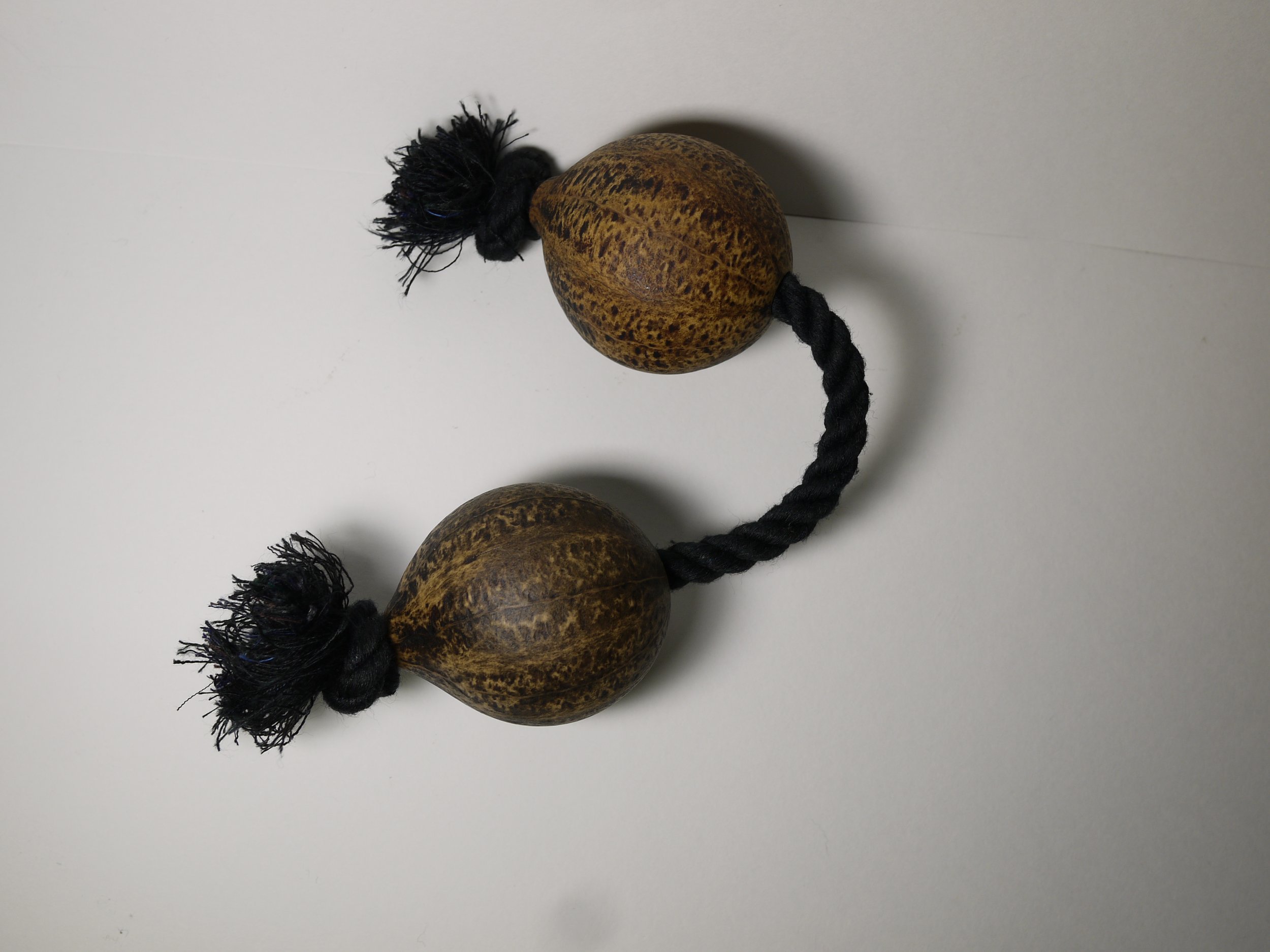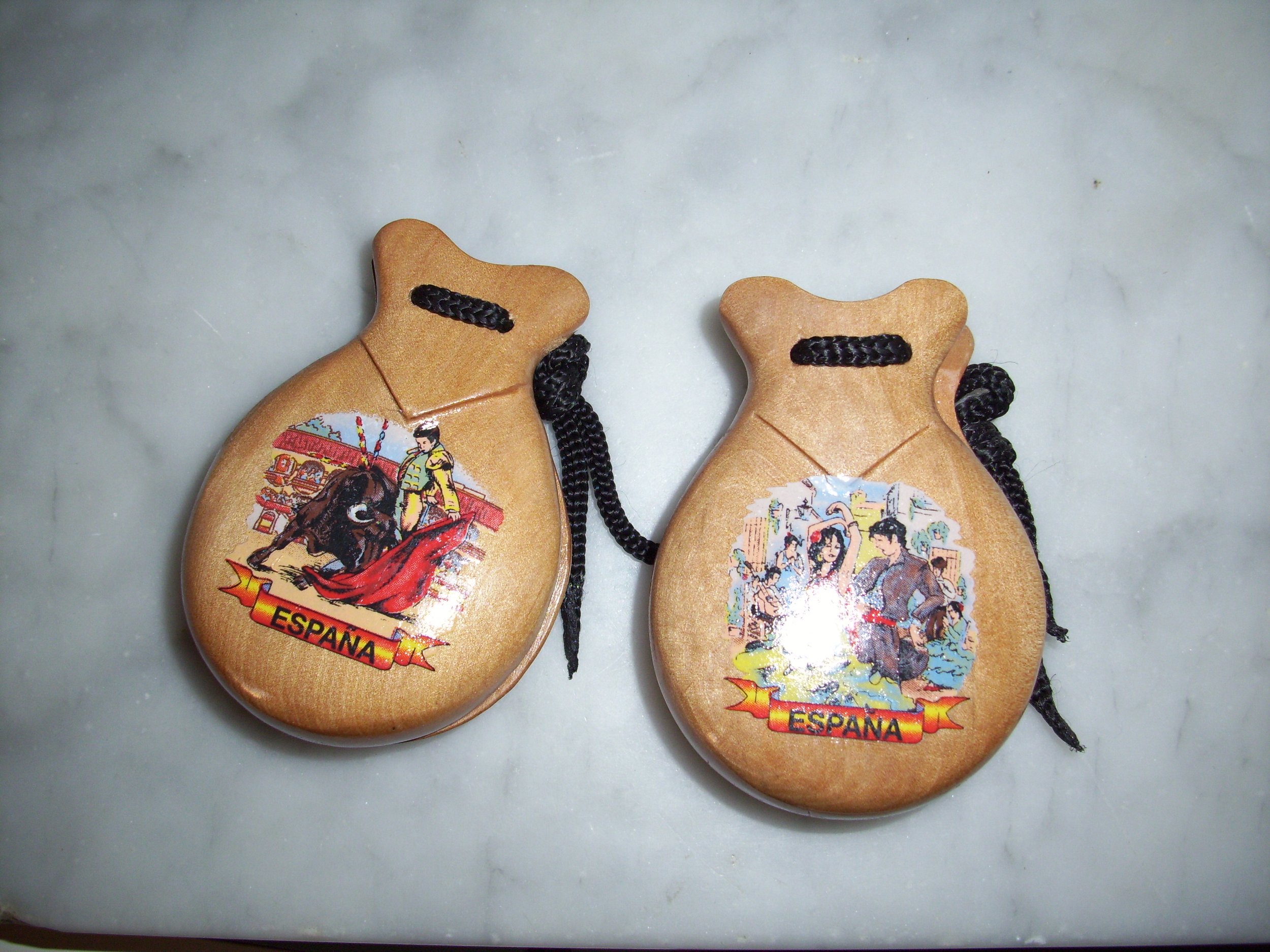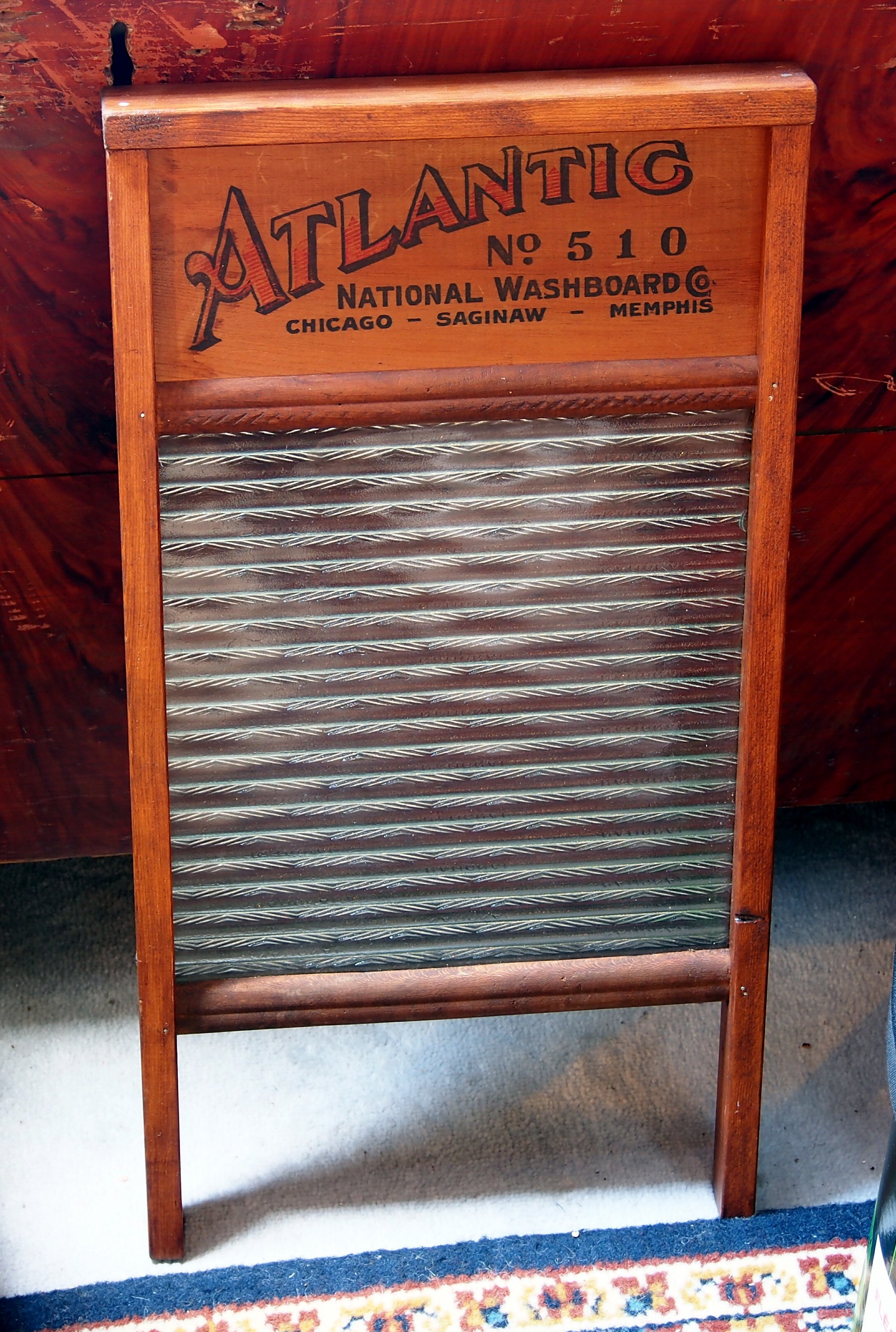Musical Jug
✨✨✨
The musical jug is closely associated with ‘Jug Band’ music of the 1920s, in which jug bands often used common household objects to create music. Any old jug can be used to make music by acting as a resonating chamber for the player’s vibrating lips. The player simply does a lip trill (see below) and places the jug an inch or two away from the mouth. It is a bit challenging to hit a distinct pitch consistently; however, because of the muddled tone quality, the pitch is not very apparent when playing the jug anyway. Therefore, you can play “off pitch” and it still sounds good! It is possible to achieve a two octave range or more with practice.
How to Obtain
Check out your local antique store or thrift store to find a jug that is ready to start a new life as a musician. They can be made of stoneware, ceramic, or glass. Larger jugs will amplify lower frequencies more effectively, and higher jugs will amplify higher pitches more effectively. To find the ‘resonant frequency’ of a specific jug, blow air across the top of it until you hear a note. This note (and the notes near it) will be amplified loudest when you play. Conveniently, you don’t actually need a jug to start practicing, because the jug is simply acting as a resonating chamber to increase the volume of the sound.
How to Learn
You can produce a lip trill by letting your lips rest loosely together and blowing air between them until they start to vibrate. Try it out.
Next, try holding a single note. Don’t worry about which specific note to play, but practice holding a note that does not waver up or down in pitch. Take a deep breath, produce a lip trill, and keep your breath pressure constant.
Next, practice moving the pitch up and down. To raise the pitch, supply more breath pressure and tighten the lips. The ‘tightness’ that you add should start at the corners of the mouth and move gradually toward the center of the lips as you ascend. To lower the pitch, loosen the lips and decrease breath pressure.
Next, practice using your tongue to start and stop the air flow (and therefore the sound). This will enable you to easily control when the sound starts and stops, allowing you to play rhythmically.
After you have practiced the basics, experiment and improvise!
Similar Instruments
← →


